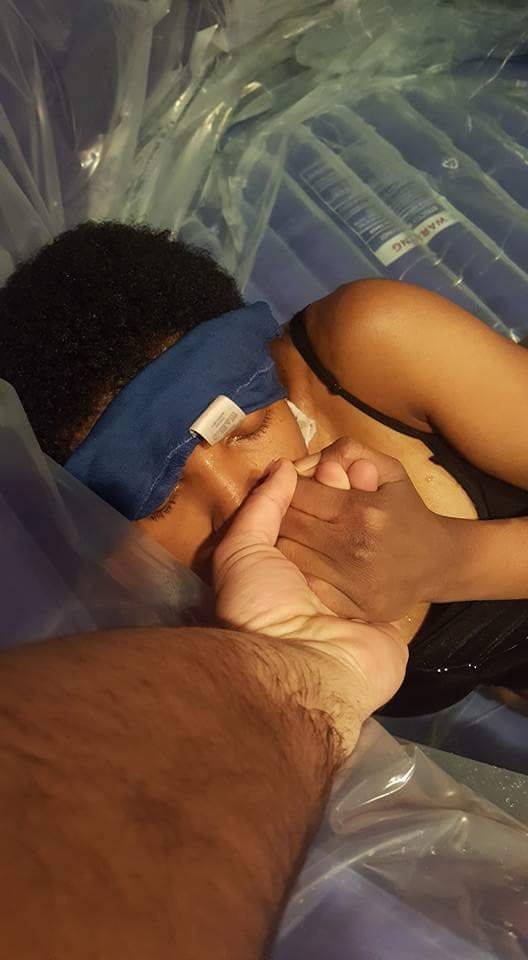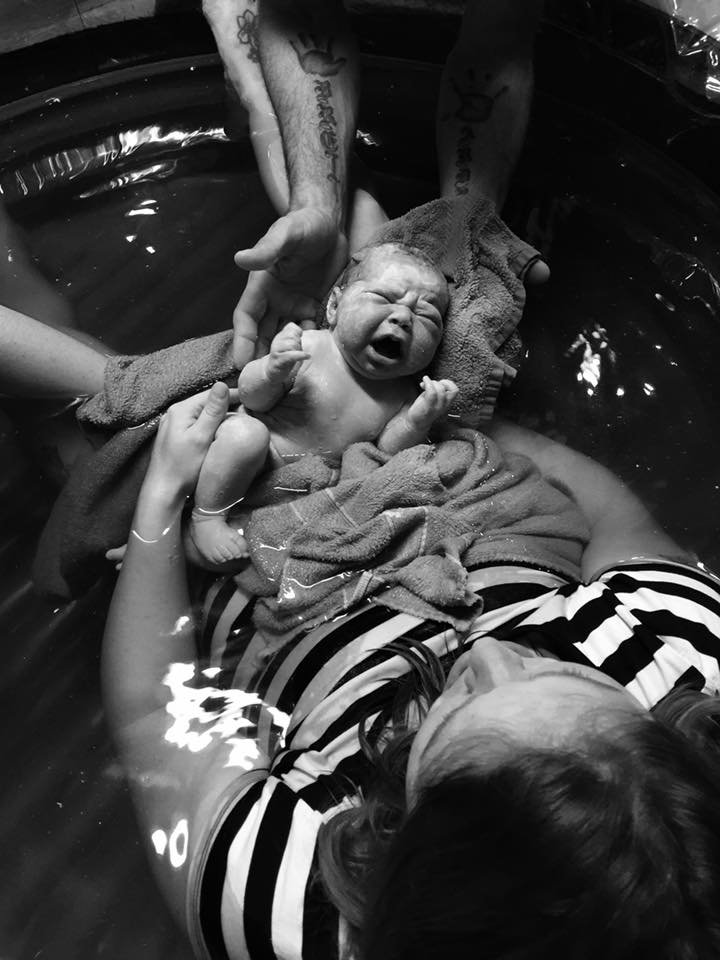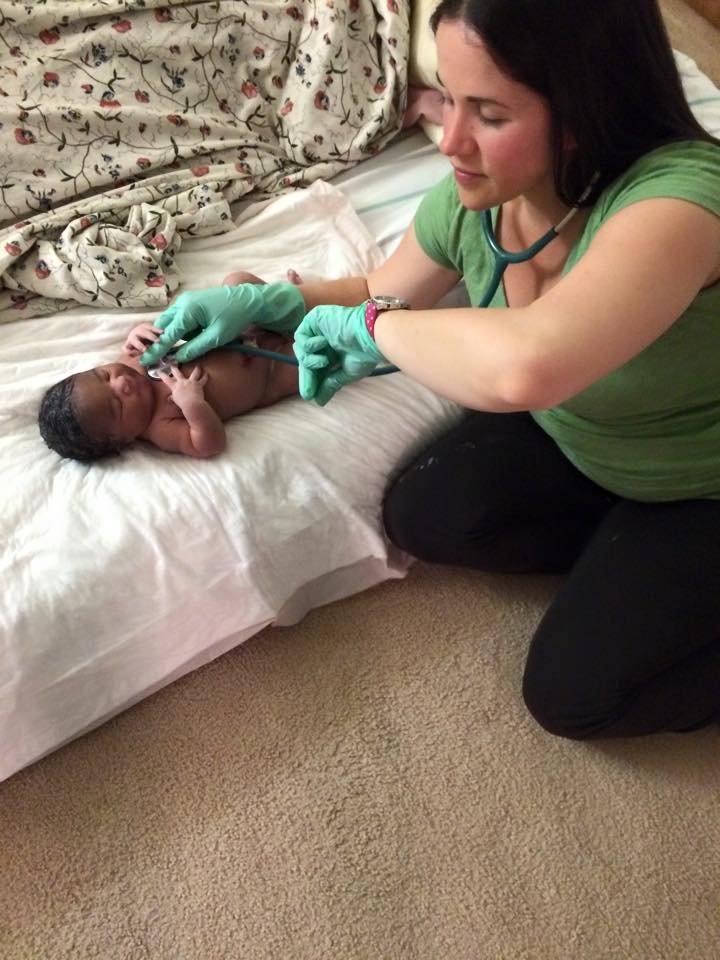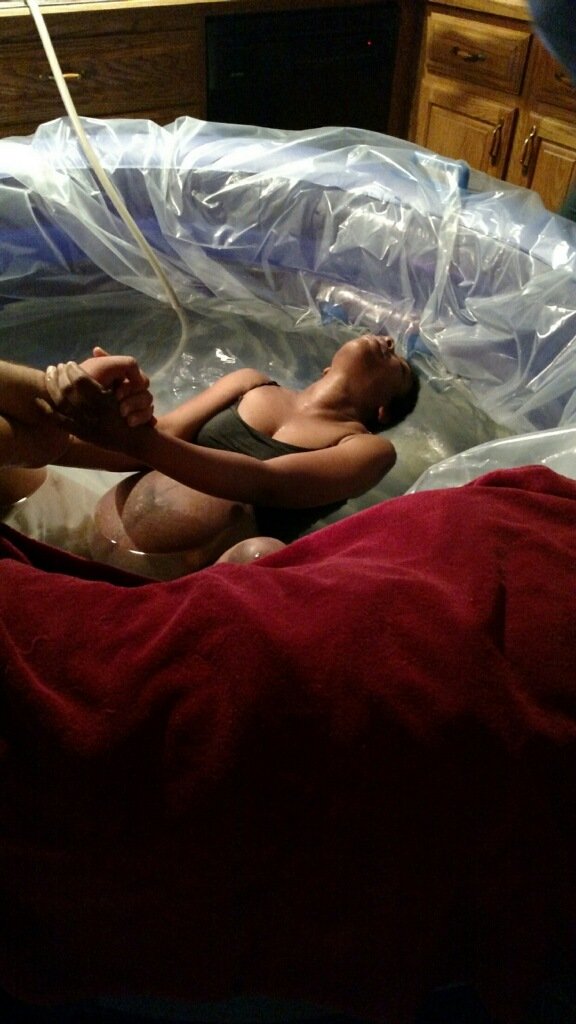
What is Home Birth?
Childbirth used to be a communal, home-based event, where grandmothers and aunts, experienced from attending many births, often took on the role of the town midwife. Families would come together to welcome new life in the familiar surroundings of their homes. However, in the 19th century, the medical community began advocating for doctors to attend births instead of midwives. This shift was driven by claims that midwives were ignorant and unclean, motivated only by profit. As a result, more births moved to hospitals, and by the mid-20th century, it was the norm for middle and upper-middle-class families to have their babies in medical settings.
This transition turned birth from a natural family event into a potentially pathological process. Many women experienced "twilight births," where they were drugged and strapped to tables, feeling everything but remembering nothing. Hospital births almost guaranteed interventions like inductions and epidurals, leading to forceps, vacuum extractions, and an increase in cesarean sections, which reached nearly 35% in the US by 2010. Most obstetricians today aren't even trained to deliver breech babies. The United Nations ranked the US #34 in infant mortality in 2010, suggesting that increased medical interventions might contribute to this issue. Dr. Lewis Mehl's study in California found that newborn respiratory distress is 17 times higher in hospitals than at home.
Thankfully, more families are now researching their options and choosing homebirth, reclaiming control over their birthing experience. Homebirth allows the birthing person to eat, drink, and move freely, laboring in positions that work best for them—whether on hands and knees, squatting, in their own bed, or in a tub for a water birth. The World Health Organization has stated, "Midwives are the most appropriate primary healthcare provider to be assigned to the care of normal birth." For most healthy, low-risk pregnancies, homebirth is a safe and empowering option.









